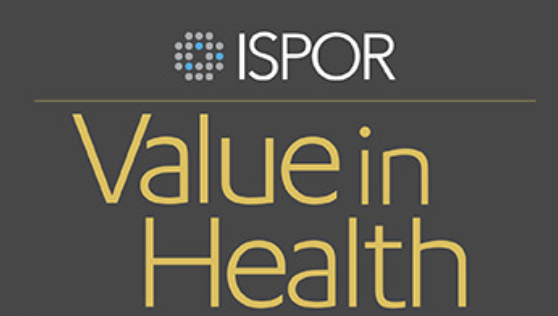Value in Health: Chronic Wounds - Economic Impact & Costs to Medicare
A new study, “An Economic Evaluation of the Impact, Cost, and Medicare Policy Implications of Chronic Nonhealing Wounds,” published in the International Society For Pharmacoeconomics and Outcomes Research’s Value in Health journal (Jan. 2018) demonstrates the economic impact and full burden of chronic nonhealing wounds in the Medicare population. The study analyzed the Medicare 5% Limited Data Set for CY2014 to determine the cost of chronic wound care for Medicare beneficiaries in aggregate, by wound type, and by setting. Topline findings show that chronic wounds impact nearly 15% of Medicare beneficiaries (8.2 million) at an annual cost to Medicare conservatively estimated at $28.1 to $31.7 billion. Key findings:
The study’s calculation and documentation of the economic costs and impacts can have important implications for Federal research funding and CMS policies, such as the payment models within the Medicare Access and CHIP Reauthorization Act of 2015 (MACRA).
With quality measure-based payment models driving reimbursement under MACRA, wound care practitioners have been particularly challenged – since there are no reportable quality measures relevant to wound care. The documentation of the specific, significant burden of chronic wounds in the Medicare population illustrates the need for not only Federal research dollars in this space and for CMS to include wound-relevant quality measures and reimbursement models to drive better health outcomes and smarter spending in the wound care space.
For additional findings and analysis, see:
*Estimates include Medicare provider payments only when a wound was the primary diagnosis on a claim.
** Estimates include the entire payment of a claim if a wound diagnosis was the primary diagnosis and also attributed partial payments, per a pre-defined methodology, when a wound was a secondary diagnosis.
- Chronic nonhealing wounds impact nearly 15% of Medicare beneficiaries (8.2 million) - far more than suggested by previous studies.
- A conservative estimate of the annual cost is $28 billion when the wound is the primary diagnosis on the claim. When the analysis included wounds as a secondary diagnosis, the cost for wounds is conservatively estimated at $31.7 billion.
- The highest cost estimates in regard to site of service were for hospital outpatients ($9.9*-$11.4** billion) – demonstrating a major shift in costs from hospital inpatient to outpatient settings.
- Including cost of infections, the most expensive chronic wounds were surgical wounds ($11.7* to $13** billion) and diabetic foot ulcers ($6.2* to $6.9** billion).
- On an individual wound basis, mean Medicare spending per wound was $3,415* to $3,859**. The most expensive wounds per beneficiary were arterial ulcers ($9,105* to $9,418**) followed by pressure ulcers ($3,696* to $4,436**).
- Surgical infections were the largest prevalence category (4.0%), followed by diabetic wound infections (3.4%).
The study’s calculation and documentation of the economic costs and impacts can have important implications for Federal research funding and CMS policies, such as the payment models within the Medicare Access and CHIP Reauthorization Act of 2015 (MACRA).
With quality measure-based payment models driving reimbursement under MACRA, wound care practitioners have been particularly challenged – since there are no reportable quality measures relevant to wound care. The documentation of the specific, significant burden of chronic wounds in the Medicare population illustrates the need for not only Federal research dollars in this space and for CMS to include wound-relevant quality measures and reimbursement models to drive better health outcomes and smarter spending in the wound care space.
For additional findings and analysis, see:
- full study published in Value in Health
- study results news release and fact sheet
*Estimates include Medicare provider payments only when a wound was the primary diagnosis on a claim.
** Estimates include the entire payment of a claim if a wound diagnosis was the primary diagnosis and also attributed partial payments, per a pre-defined methodology, when a wound was a secondary diagnosis.



